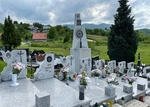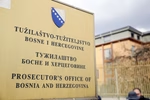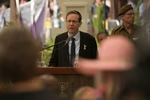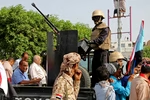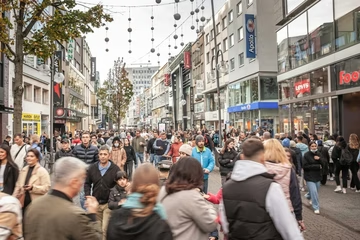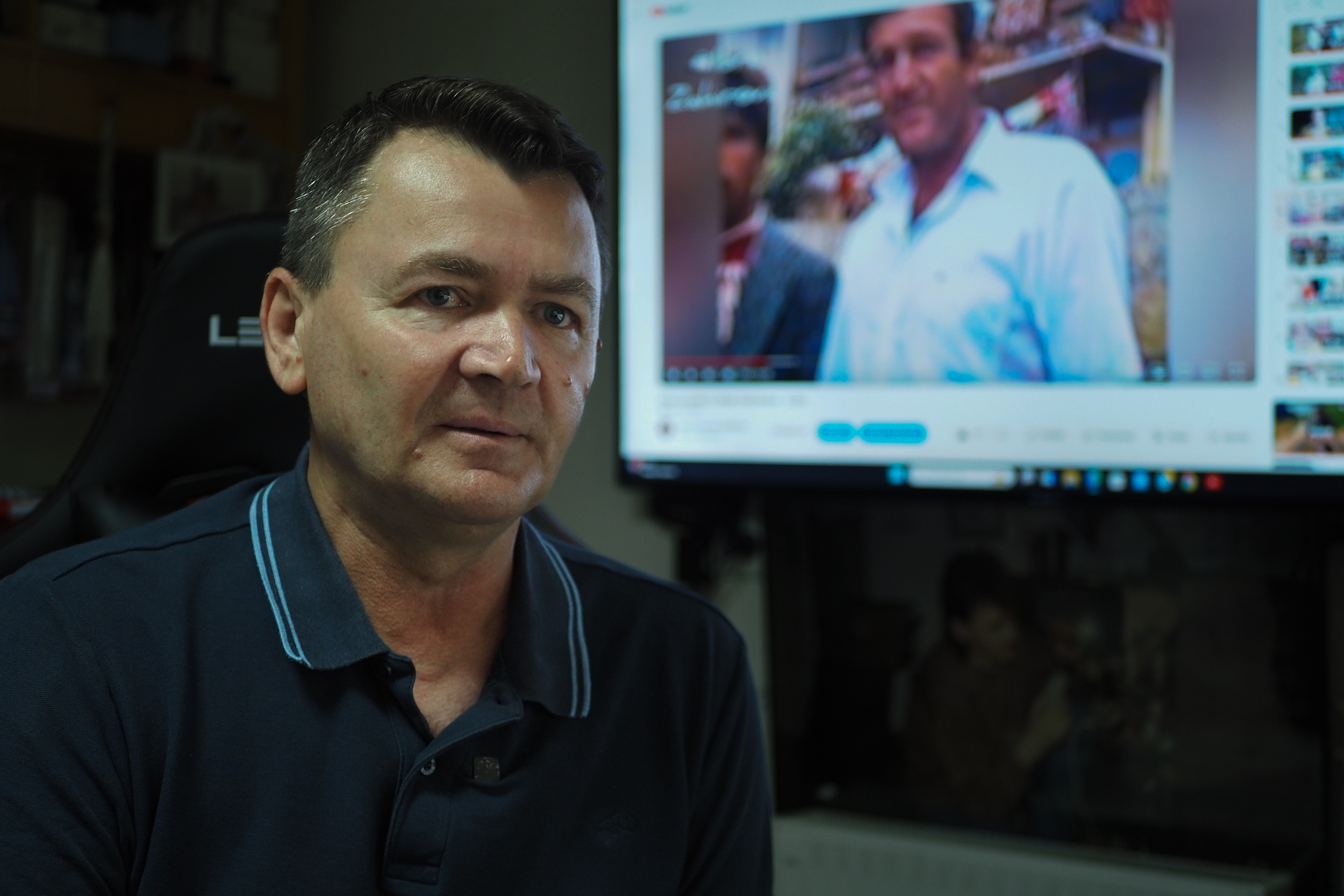
Ibro Zahirovic, 55, from Bratunac, captured the events in besieged Srebrenica on camera, including its fall to the Army of the Republika Srpska (VRS). Many of his recordings have been used in trials at The Hague.
Born on July 25, 1969, in Hrnci, Bratunac municipality, Zahirovic was encouraged by his father to pursue the trade after primary school, leading him to train as a Radio-TV mechanic. He completed his secondary education in Bijeljina. Zahirovic is one of the survivors of the genocide committed by Serb military, police, and paramilitary forces in the summer of 1995 against the inhabitants of the "UN safe area" in Srebrenica.
Arriving in Srebrenica in March 1993, Zahirovic scavenged for tapes and batteries to continue filming. Despite the dire situation, with refugees arriving from all directions, he managed to find support from locals to charge his camera batteries at makeshift power stations.
"I filmed something every day. I did it for myself, on my own accord, to have material when the war ended. At first, I didn't send the material to anyone," Zahirovic said.
The situation in Srebrenica was dire, with many refugees living on the streets due to a lack of space, until the arrival of Philippe Morillon, who declared Srebrenica a "safe area," bringing in humanitarian aid. "There were still problems with accommodation, but people lived in garages, sheds, wherever there was space," Zahirovic recounted.
He frequently filmed the lives of people in Srebrenica, often at the request of those with relatives abroad. "They knew I had a camera, so they often asked me to film their families and send the tapes through UNPROFOR soldiers. I often did this, filming how people lived and sometimes successfully sending tapes," he explained.
In July 1995, just before the fall of Srebrenica, Zahirovic continued to film. "In the last few days, I stayed in the apartment where I lived. On July 10, people began gathering near the UNPROFOR base in the lower part of town. I filmed UNPROFOR and the people. I knew I would have to leave through the woods, and I told my wife to go with our nine-month-old child where everyone else was going," he recalled.
On July 11, 1995, Zahirovic occasionally filmed from his balcony.
"That footage was used in trials at The Hague, and I think it was seen worldwide. I filmed from the balcony until I decided to leave through the woods. I was in the building until around 1:30 pm. The building was full of women and children. A shell exploded nearby, and everyone rushed to take cover. Somehow, I managed to get out and saw terrible scenes near the UNPROFOR base. Many women and children were climbing onto trucks. Those were my last recordings in Srebrenica," Zahirovic remembered.
He fled with his father-in-law and cousin toward Buljim, soon joining a column of people. "I turned on the camera again and filmed the column as NATO planes flew overhead. The battery was almost dead."
Regarding his journey to free territory, which lasted 36 days, Zahirovic said, "The hardest part was the first two days. I can't describe the scenes I witnessed and what happened. We were attacked from all sides. Many people were dead or wounded. By some miracle, I survived, although there were many dead around me. I separated from the main column with a small group. We didn't know where we were going, just that we needed to get away from the column."
After more than a month of struggling through the forests and starvation, Zahirovic survived. He did not view his footage for years, only deciding to digitize and upload it to the internet, including Facebook and YouTube, three or four years ago.
"Thanks to YouTube, millions of people have seen my footage. People from all over the world—America, Australia—have contacted me. Some saw their relatives for the first time, people they had no pictures of. One woman saw her father, whom she had never met. She wasn't even born when Srebrenica fell, and he didn't survive," Zahirovic emphasized.
His footage serves as a lasting memory of the beautiful times and lives before the war. For many who have no other memories of their loved ones, Zahirovic's recordings provide a precious connection, even if just a few seconds long.
Kakvo je tvoje mišljenje o ovome?
Učestvuj u diskusiji ili pročitaj komentare





 Srbija
Srbija
 Hrvatska
Hrvatska
 Slovenija
Slovenija



























